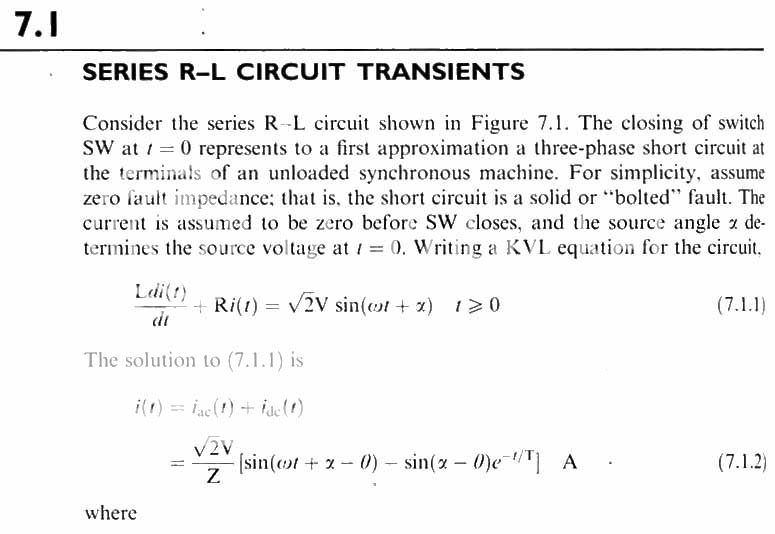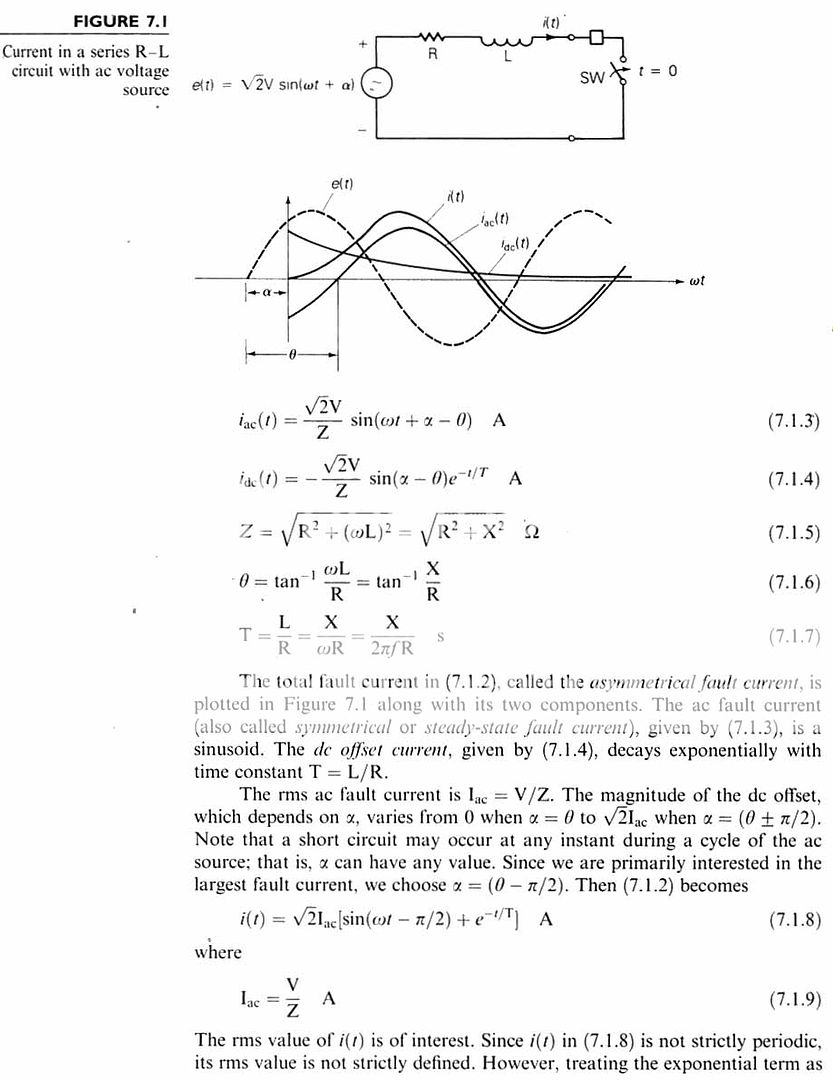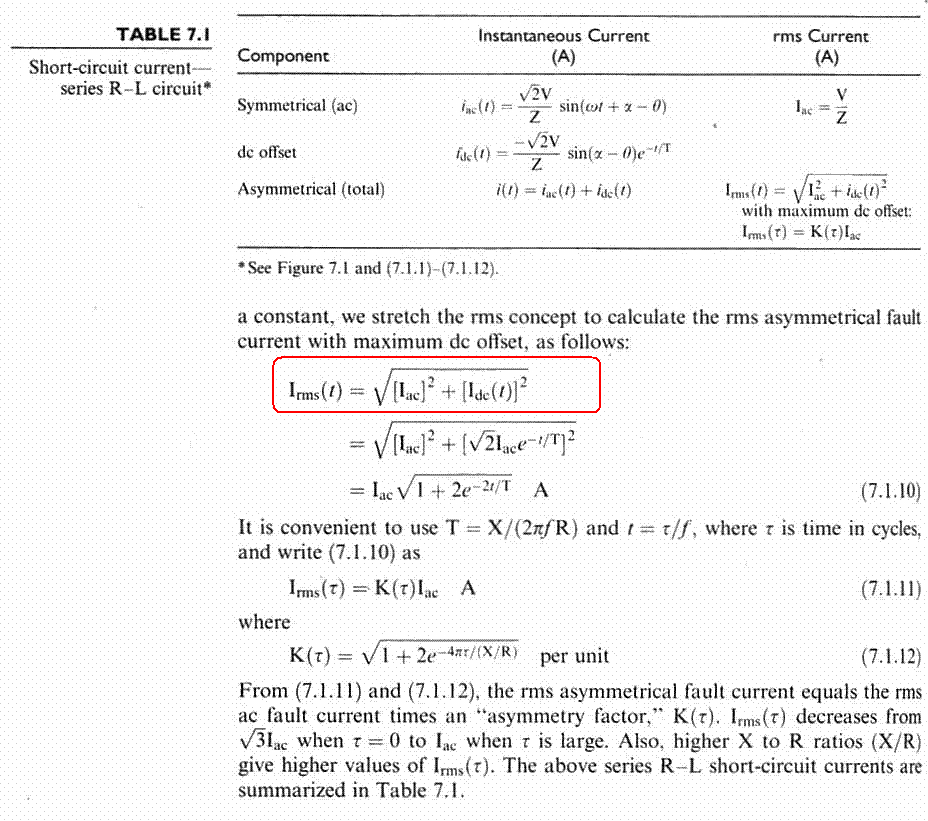powersys
Advanced Member level 1

instantaneous rms
I don't understand a formula to calculate 'RMS' current stated in "Power System Analysis and Design" by Glover and Sarma. As highlighted by RED color circle in the attached images, pls note that it's Irms(t), not Irms. Therefore, I call it as 'instantaneous' RMS current. Pls correct me if I'm wrong. I don't understand how the red-circled part derived... any idea? Pls advise.
Thanks...



I don't understand a formula to calculate 'RMS' current stated in "Power System Analysis and Design" by Glover and Sarma. As highlighted by RED color circle in the attached images, pls note that it's Irms(t), not Irms. Therefore, I call it as 'instantaneous' RMS current. Pls correct me if I'm wrong. I don't understand how the red-circled part derived... any idea? Pls advise.
Thanks...





